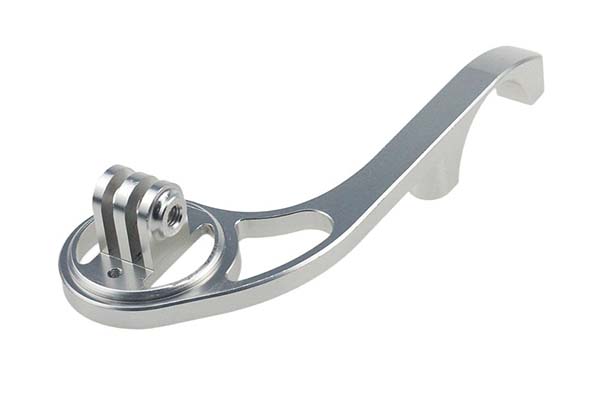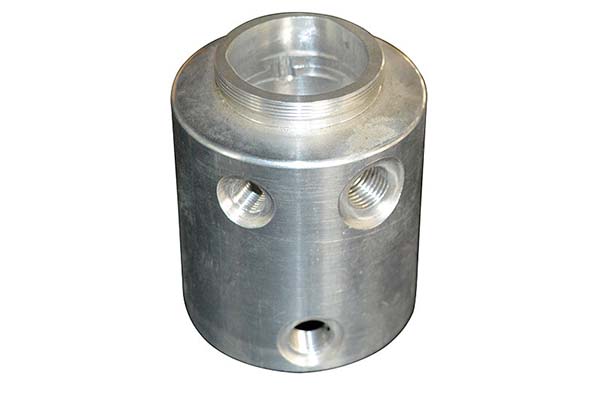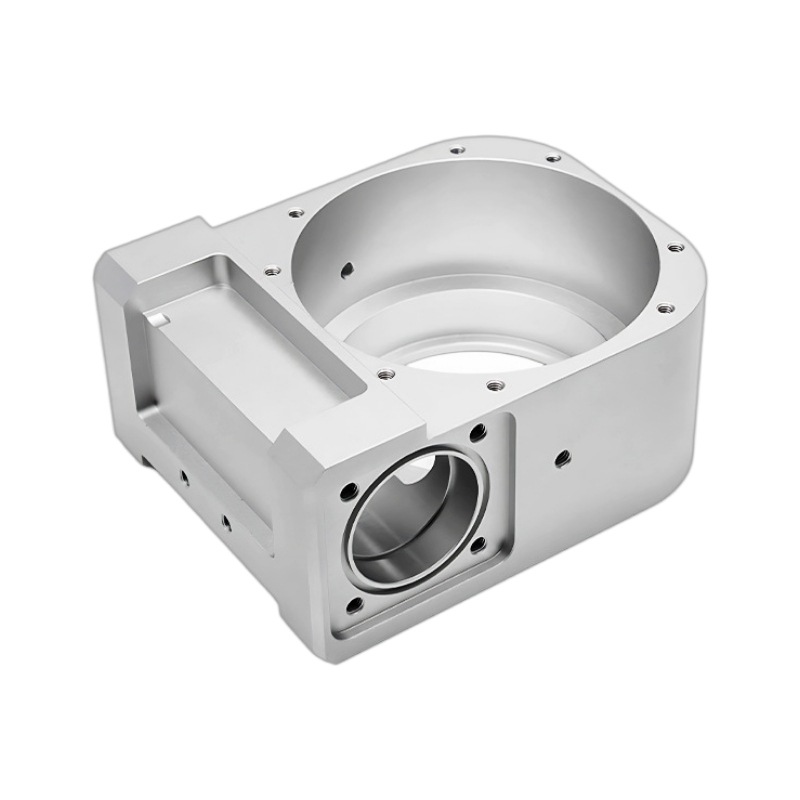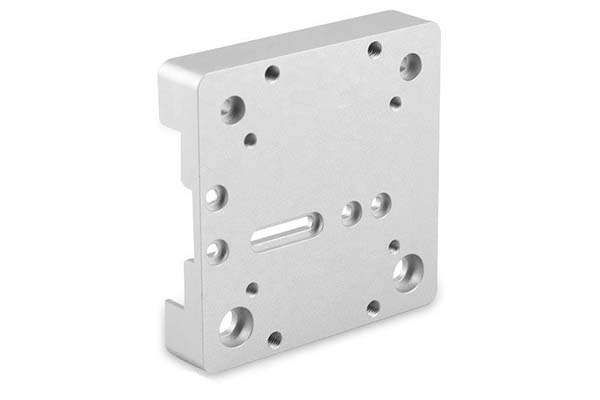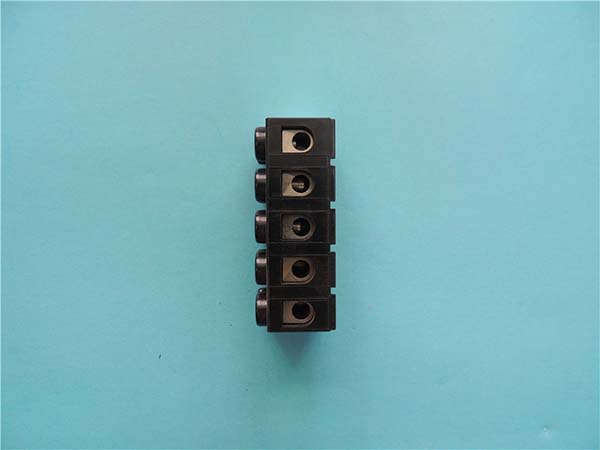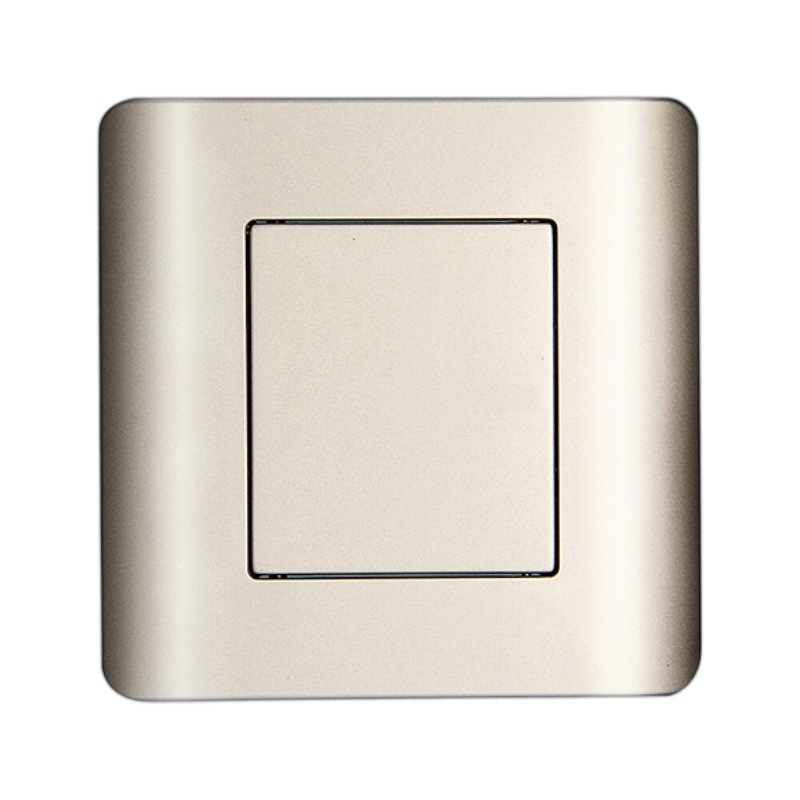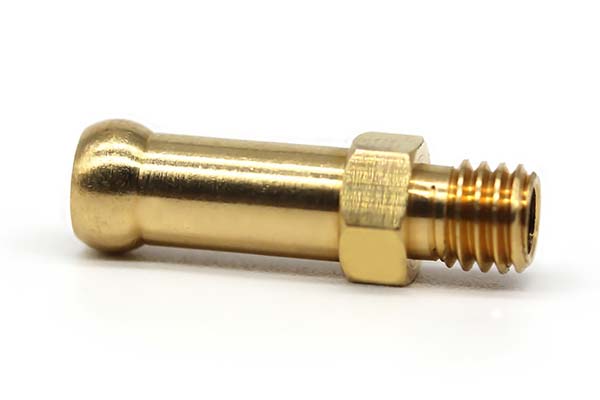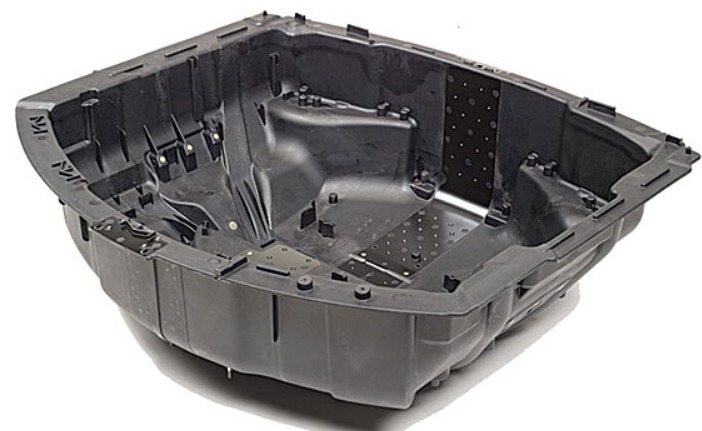Yigu: Creating high - quality machining products is no easy task. Many manufacturers struggle with choosing the right machining process for a specific product, leading to inefficiencies and subpar results. Matching the correct equipment with the material can be a daunting challenge, often resulting in increased costs and wasted time. Ensuring consistent quality control throughout production is another major pain point, as even small deviations can render a product useless. In this comprehensive guide, we will address these issues and provide detailed insights into every aspect of machining products.
Machining Process: The Steps to Create Precision Products
Basic Machining Operations
Cutting is the foundation of many machining processes, involving the removal of material to shape a workpiece. Milling uses a rotating cutter to remove material from a stationary workpiece, capable of creating complex shapes and features. A typical milling machine can achieve a surface finish with an Ra value (a measure of surface roughness) of 1.6 - 6.3 μm.
Turning is used to create cylindrical parts by rotating the workpiece while a cutting tool shapes it. It's ideal for producing shafts, bolts, and other round components. Drilling creates holes in a workpiece, with drill presses able to produce holes with diameters ranging from 0.5 mm to several inches.
Advanced Machining Processes
EDM (Electrical Discharge Machining) is a non - contact process that uses electrical discharges to shape hard materials. It's particularly useful for machining complex shapes in materials like hardened steel, with a precision of ±0.001 mm.
Laser cutting uses a high - powered laser to cut materials with extreme accuracy. It can cut through metals up to 25 mm thick and achieve a kerf width (the width of the cut) as small as 0.1 mm. Water jet cutting is another versatile process, using a high - pressure stream of water mixed with abrasive particles to cut a wide range of materials, including metals, plastics, and composites, without generating heat - affected zones.
CNC machining automates these processes using computer - controlled systems, ensuring consistent and precise results. A CNC machining center can perform multiple operations (milling, turning, drilling) in a single setup, reducing production time by 30 - 50% compared to manual machining.
Machining Equipment: The Tools of the Trade
Traditional and CNC Machines
A lathe is a fundamental machine for turning operations. Manual lathes require skilled operators, while CNC lathes can produce parts with high precision and repeatability. A good quality CNC lathe can cost between \(10,000 and \)50,000, depending on its size and capabilities.
Milling machines come in various types, from small benchtop models to large industrial CNC milling machines. A 3 - axis CNC milling machine is suitable for most basic operations, while 5 - axis machines can handle complex 3D shapes. Drill presses are specialized for drilling holes, with some models also capable of tapping (creating threads in holes).
Specialized Equipment
Grinders are used to achieve a smooth surface finish and tight tolerances. Surface grinders can produce a surface finish with an Ra value as low as 0.025 μm. Honing machines and lapping machines further refine surface finishes, making them ideal for parts that require a high degree of precision, such as hydraulic cylinders.
Robotic arms are increasingly being used in machining processes to automate material handling, loading, and unloading of workpieces. They can increase productivity by 20 - 40% by reducing downtime between operations.
The table below compares some common machining equipment:
| Equipment Type | Main Function | Precision | Typical Cost Range |
| CNC Lathe | Turning cylindrical parts | ±0.001 - 0.01 mm | \(10,000 - \)50,000 |
| CNC Milling Machine | Milling complex shapes | ±0.001 - 0.005 mm | \(20,000 - \)100,000 |
| Laser Cutter | Cutting various materials | ±0.01 - 0.1 mm | \(30,000 - \)200,000 |
| EDM Machine | Machining hard materials | ±0.0005 - 0.001 mm | \(50,000 - \)150,000 |
Material Selection: Choosing the Right Substance for Your Product
Metals
Aluminum is a popular choice due to its low density, good machinability, and corrosion resistance. It's commonly used in automotive and aerospace components, with a cost of \(2 - \)5 per pound. Steel is valued for its strength, with stainless steel offering excellent corrosion resistance, making it suitable for medical devices and food processing equipment.
Brass and copper are good conductors of electricity and heat, making them ideal for electrical components. Titanium has a high strength - to - weight ratio, making it perfect for aerospace and medical applications, though it's more expensive, costing \(30 - \)50 per pound.
Plastics and Other Materials
Plastics like ABS, acrylic, and polycarbonate are widely used in consumer electronics and industrial applications. They are lightweight, easy to machine, and come in a variety of colors. Wood and plywood are used in furniture and decorative items, with machining processes similar to those used for plastics but requiring different cutting tools.
Composites (materials made from two or more distinct substances) offer unique properties. For example, carbon fiber composites are lightweight and strong, making them suitable for aerospace and high - performance automotive parts, but they are more difficult to machine than metals.
Quality Control: Ensuring Precision and Reliability
Inspection and Measurement Tools
Inspection is a critical part of quality control. CMM (Coordinate Measuring Machine) is a high - precision device used to measure the dimensions of a workpiece with an accuracy of ±0.0001 mm. It can quickly and accurately check complex geometries, ensuring that parts meet design specifications.
Gauges, micrometers, and calipers are essential hand tools for routine measurements. Micrometers can measure dimensions up to 0.001 mm, while calipers are suitable for measuring lengths, widths, and depths with an accuracy of 0.02 mm.
Standards and Processes
Tolerance refers to the allowable deviation from a specified dimension. For example, a part with a dimension of 10 mm ±0.01 mm is acceptable if its actual dimension is between 9.99 mm and 10.01 mm. Precision and accuracy are key to ensuring that parts fit and function correctly.
ISO standards (such as ISO 9001) provide a framework for quality management systems. Following these standards ensures that production processes are consistent and that products meet customer requirements. SPC (Statistical Process Control) uses statistical methods to monitor and control production processes, reducing variability and improving quality. Implementing SPC can reduce defect rates by 30 - 40%.
Product Applications: Where Machining Products Shine
Industrial and Aerospace
Automotive parts produced by machining include engine components, transmission parts, and suspension systems. These parts must meet strict tolerances to ensure safety and performance. For example, a crankshaft must have a precision of ±0.02 mm to function correctly in an engine.
Aerospace components like turbine blades and aircraft structural parts require high strength and lightweight materials. Machining these parts to tight tolerances is crucial for the safety and efficiency of aircraft.
Medical and Consumer Products
Medical devices such as surgical instruments and implant components demand exceptional precision and biocompatibility. Machining can achieve the required tolerances to ensure these devices function correctly in the human body.
Consumer electronics rely on machined parts for their housings, connectors, and internal components. The precise fit of these parts ensures the proper functioning of devices like smartphones and laptops. Industrial machinery uses a wide range of machined parts, from gears and bearings to frames and brackets, all of which must be durable and reliable.
Machining Techniques: Advanced Methods for Better Results
High - Speed and Precision Machining
High - speed machining uses high spindle speeds (up to 40,000 RPM) and fast feed rates to remove material quickly. It reduces production time and improves surface finish, making it suitable for mass production of parts like automotive components.
Precision machining focuses on achieving extremely tight tolerances and smooth surface finishes. It's used in the production of precision instruments, such as measuring tools and optical components, where even small errors can affect performance.
Micro - Machining and Additive Manufacturing
Micro - machining is used to produce tiny parts with dimensions as small as a few micrometers. It's essential in the electronics and medical industries, for example, in the production of microchips and small surgical tools.
Additive manufacturing (3D printing) is a complementary technique to traditional subtractive machining. It builds parts layer by layer, allowing for the creation of complex geometries that are difficult or impossible to produce with subtractive methods. However, additive manufacturing often requires post - processing with machining to achieve the required precision and surface finish.
Subtractive manufacturing (traditional machining) removes material to shape a part, while additive manufacturing adds material. Combining these two techniques can result in high - quality parts with complex shapes at a reasonable cost.
Surface Finish: Enhancing Appearance and Performance
Surface Treatment Processes
Polishing improves the surface finish of a part, reducing surface roughness and giving it a shiny appearance. It can achieve an Ra value as low as 0.01 μm, making it suitable for decorative parts and components that require low friction.
Plating involves depositing a thin layer of metal (such as chrome, nickel, or gold) onto a part's surface. It improves corrosion resistance, wear resistance, and appearance. Anodizing is an electrolytic process that creates a protective oxide layer on aluminum parts, enhancing their corrosion resistance and allowing for coloring.
Coating and Finishing Techniques
Coating processes like powder coating apply a dry powder to a part's surface, which is then cured to form a hard, durable finish. It's resistant to chipping, scratching, and fading, making it ideal for outdoor equipment and automotive parts.
PVD (Physical Vapor Deposition) and CVD (Chemical Vapor Deposition) are advanced coating techniques that deposit thin films of materials onto a part's surface. These coatings can improve hardness, wear resistance, and friction properties, making them suitable for high - performance parts like cutting tools and aerospace components.
Yigu Technology, as a plastic metal parts custom manufacturing Supplier, understands the importance of every step in machining products. We select the right materials, use advanced machining processes and equipment, and implement strict quality control measures to ensure that our products meet the highest standards. Our focus on surface finish and product applications allows us to provide tailored solutions that meet the specific needs of our customers, from automotive parts to medical devices.
FAQ
- What is the difference between precision machining and high - speed machining?
- Precision machining emphasizes achieving tight tolerances (often ±0.001 mm or better) and smooth surface finishes, focusing on accuracy. High - speed machining uses high spindle speeds and fast feed rates to remove material quickly, prioritizing production efficiency while still maintaining good quality.
- How to choose the right surface finish for a machining product?
- Consider the product's application. For decorative purposes, polishing or plating may be suitable. For corrosion resistance, anodizing or powder coating is a good choice. For parts that require low friction, a smooth polished finish with a low Ra value (below 0.1 μm) is ideal. Also, factor in the cost of the surface treatment process.
- Can additive manufacturing replace traditional machining?
- No, additive manufacturing and traditional machining are complementary. Additive manufacturing is great for creating complex geometries and prototypes, but it often can't achieve the same precision and surface finish as traditional machining. Most high - quality parts require a combination of both techniques, with additive manufacturing creating the rough shape and machining providing the final precision and finish.
